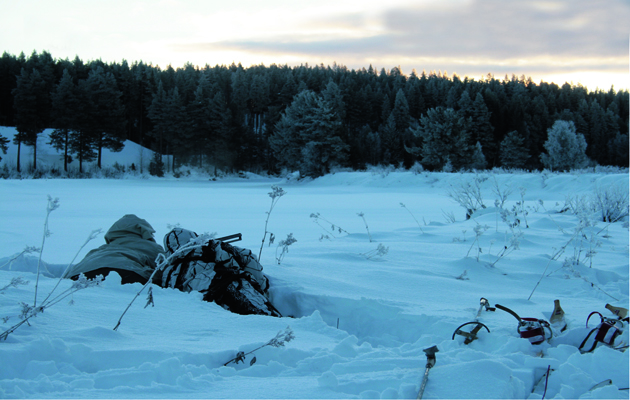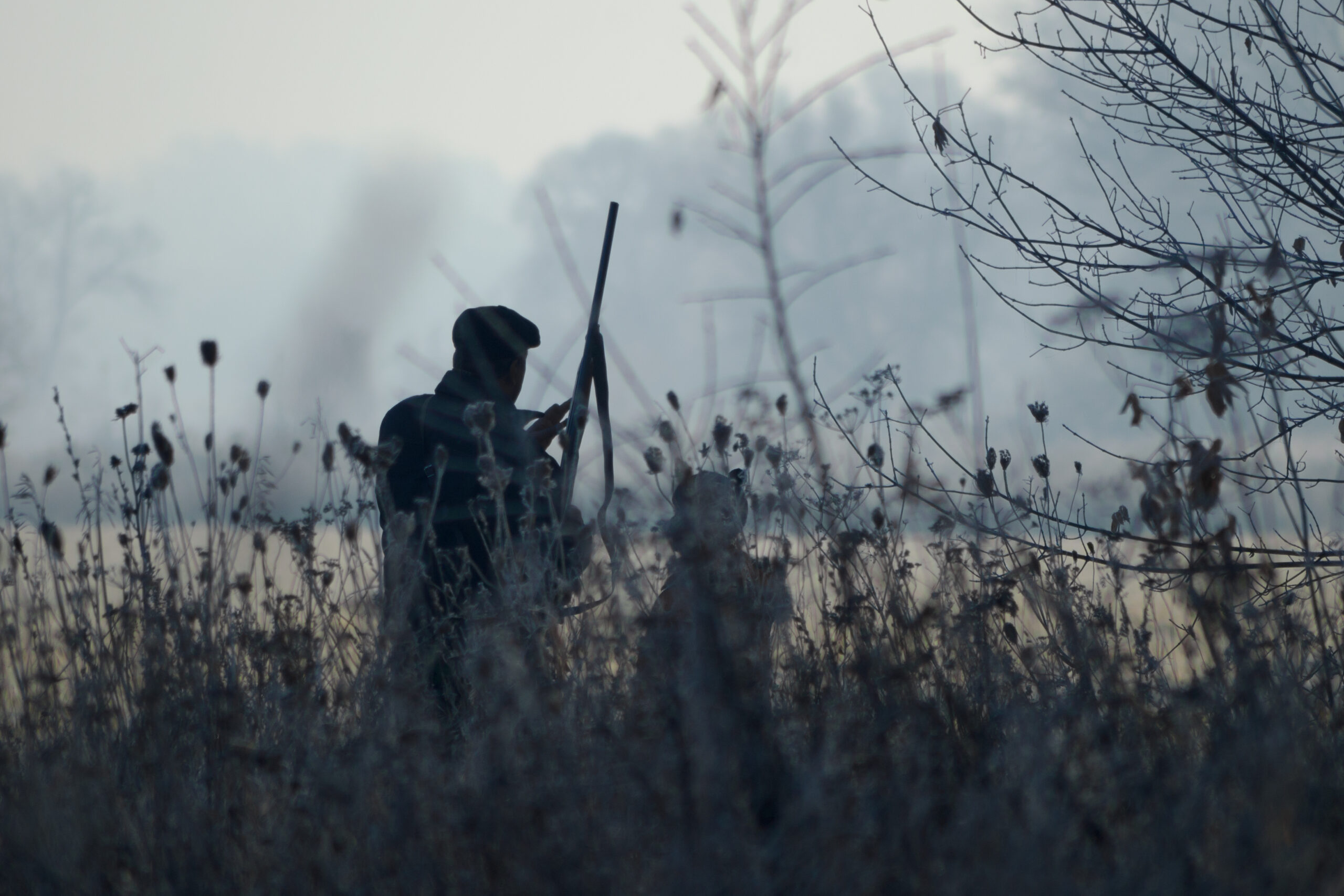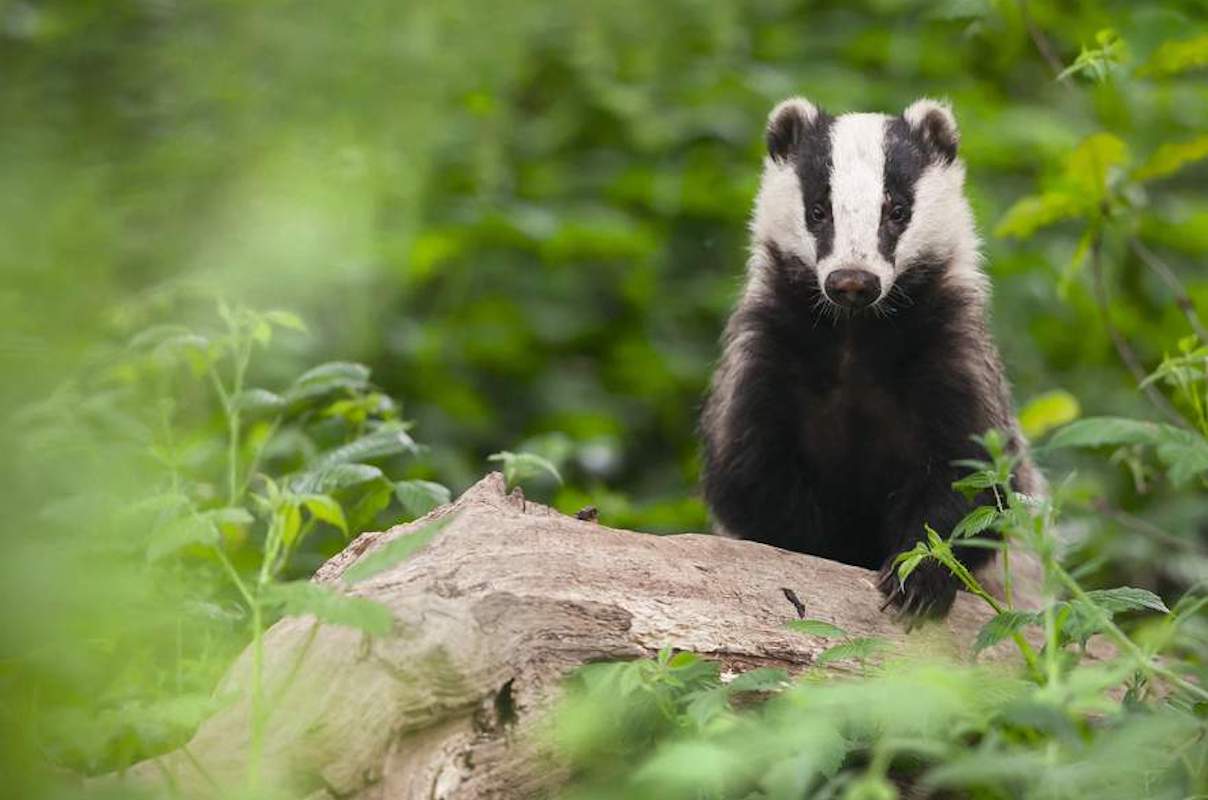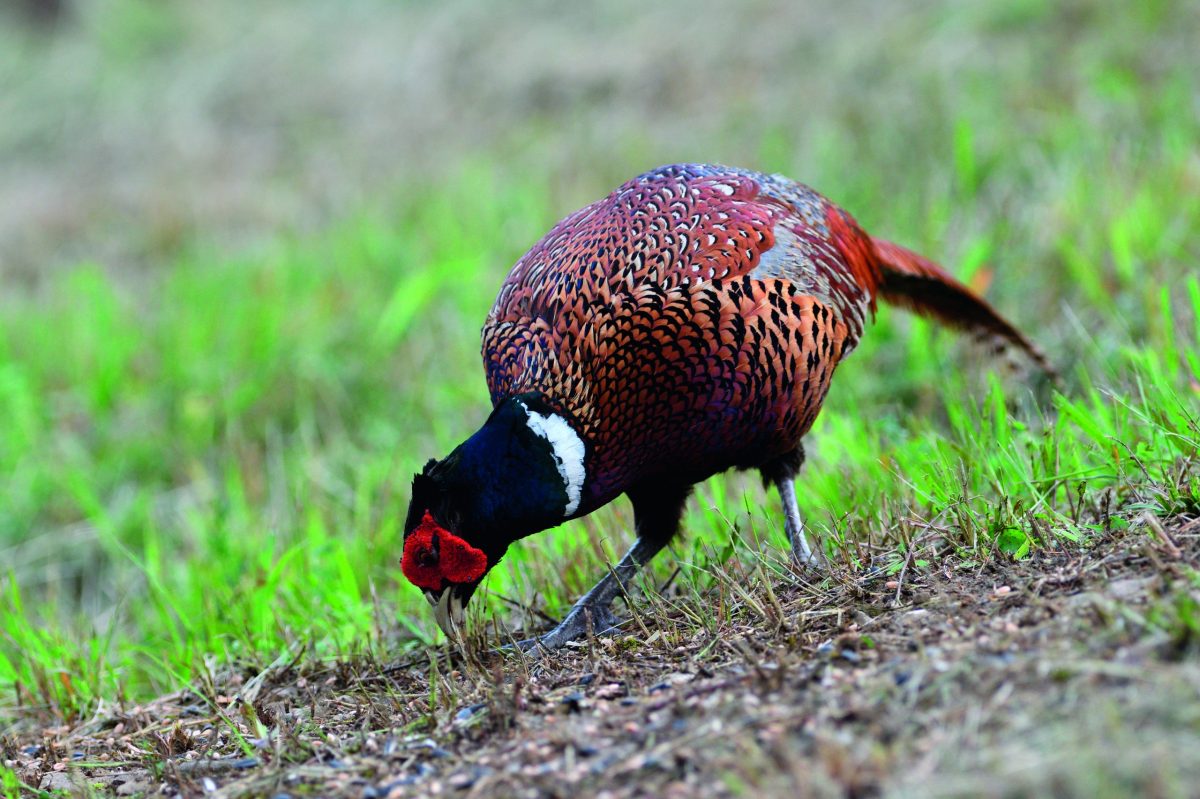Swedish shooting support
Jeffrey Olstead looks to Sweden for the lessons they can teach us about raising public and political support for shooting in the UK.

Did you know that 94 per cent of Green voters support hunting? Needless to say that is not in the UK, but rather in Sweden. Even their Liberal Party shows more than 90 per cent support and when Swedish hunting associations host a moose hunt for politicians it is attended by the equivalent of at least one cabinet minister, several junior ministers and senior parliamentarians from all parties.
A recent survey showed that 87 per cent of Swedes are either supportive or neutral on hunting issues. But why?
In essence it seems to boil down to two basic attitudes – there is no issue of social class and hunting is seen as natural and ethical. The ‘toffs in tweeds’ stigma is entirely absent and although 85 per cent of Swedes live in urban areas they remain less urbanised in outlook. The rural connection is still strong and it is commonplace for Swedes to have a summer cottage or chalet in the countryside.
Wild game
A further significant factor is that in Sweden virtually all their quarry is wild, edible and sustainable. It is unheard of to put down thousands of game birds to be shot as a commercial enterprise.
Now, I don’t for a moment believe that banning game rearing would instantly produce 90 per cent public approval for shooting in the UK and I would defend to my last breath the right to release birds. On my little syndicate we put down about 1,800 pheasants – this is not only sustainable, but through the habitat management that accompanies it we do a huge amount to benefit wildlife in general. Sadly the same can not be said for one of the large commercial shoots nearby where one suspects that a cynical accountant has done some simple arithmetic – it is cheaper to saturate the area with birds and allow for ‘natural’ wastage than employ an underkeeper or two to help properly manage the shoot.
I’ve never met a genuine sportsman or woman who doesn’t deplore these practices, and thankfully they are extremely rare, but they do allow a wholly distorted vision of our sport to be projected on the public stage.

Pheasant shoots, such as this one at Mid Clova Farm, Aberdeenshire, are only possible through “sheer, hard labour.”
Reasoned approach
Most of us pay for our pheasants by sheer hard labour. If you doubt that, look again at the report The Value of Shooting. If you haven’t already downloaded a copy, you’ll find it on the BASC website (www.basc.org.uk). It was, you may remember, brought about through a collaboration of all the major shooting organisations and the independent survey produced an authoritative and extraordinarily positive assessment of the contribution that shooting makes to the environment, the economy and society.
Ultimately, though, that all rests on our right to own firearms. At the moment that does not seem to be at risk since all the major parties are broadly supportive of shooting. It is true that after a recent tragic domestic shooting a shadow minister said firearms law should be tightened, but that is only to be expected as the knee-jerk reaction in the run-up to an election. More concerning perhaps is the woeful ignorance of our shadow Home Secretary, Yvette Cooper, who clearly has no notion of current firearms legislation, which has all the necessary stringencies and more. She should perhaps take note of the recent blog from Christopher Salmon, the police and crime commissioner for Dyfed-Powys – the police authority with the highest number of firearms licences per head in the country.
He points out that the actions of a single disturbed individual cannot justify an attack on legitimate firearms ownership, and it is impossible to legislate against all risks. Interestingly, Mr Salmon says the majority of firearms complaints he receives concern over-zealous policing and warns that the licensing process can be “cautious to the point of absurdity and fearful to the point of paralysis.” His prescription to avoid a shooting tragedy is to keep a clear head, trust gun owners to act responsibly and trust the police to exercise their judgement.
False economy
And now three cheers for Sir Ian Botham, whose trenchant criticism of the RSPB is long overdue. For years the protection of birds has been seen as no more than a method of self-aggrandisement for this bloated money-making enterprise.
To put their efforts in perspective, read The Value of Shooting and you will see that the amount of money spent and the amount of sheer hard graft put in by the shooting community dwarfs the RSPB’s contribution to active conservation. Indeed on the scientific front it is dwarfed by the British Trust for Ornithology (BTO), which, with minimal resources, produces work of immense value and authority.
It is the BTO that gives us the hard evidence on the hen harrier population – there are more than 660 pairs in the UK. That’s hardly teetering on the brink of extinction. Nevertheless, there is illegal persecution; the shooting community recognises this, deplores it and has produced sensible proposals to remedy the situation. This is based on sustainable quotas for grouse moors with surplus birds being re-located. Since the RSPB kills predators on its own reserves and has been keen on reintroducing red kites and sea eagles, it is hard to see how they could reject this proposal.
The answer, doubtless, was the howl of protest from the 405 fundraisers employed by the RSPB. It always needs a big, glamorous bird of prey to spearhead its fundraising and that bird must always be ‘persecuted’ to tug at the urban purse-strings. Unfortunately for the RSPB, our rarest raptor – the Montagu’s harrier – is not persecuted and all but one species of raptor are thriving.
The exception is the merlin. A beautiful falcon, it is perhaps considered too small by the marketing men to make a dent in the punters’ wallets and there is another objection; it thrives on managed grouse moors. Last year, I watched several pairs on one of England’s finest moors and it made me think back sadly to the pair I used to watch in Geltsdale, Cumbria, many years ago. The pair that disappeared when the RSPB took over the management of the land!








